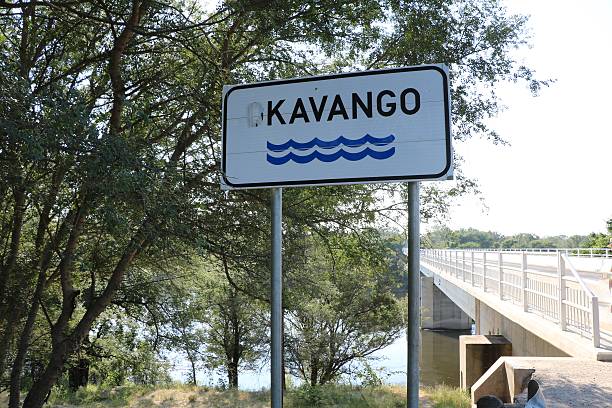The government says it is looking at desalinating water and tapping from the Okavango River as long-term sustainability measures to address the threatening water shortage in the country.
Last week Cabinet approved the prioritisation of the long-term water supply solutions through tapping from Okavango-Link and Desalination projects, to ensure water supply security to the North Central Regions, Southern Regions, Northeastern Regions, Erongo Region and the Central Areas of Namibia which includes Windhoek.
“Cabinet approved, in principle, the funding for the long-term water supply solution from the Okavango River with a volume of 32Mm3/a. In this manner, the Cabinet directed the Ministry of Agriculture Water and Land Reform (MAWLR) to notify the Permanent Okavango River Basin Water Commission (OKACOM) of Namibia’s planned measures to develop the Okavango Link Project. Also, Cabinet approved that a feasibility study be conducted of the new Desalination Plant for Northern Regions of Namibia,” the Minister of Information and Communication Technology, Emma Theofelus said.
This was decided after the Cabinet assessed the report by the Minister of Agriculture, Water and Land Reform on the water situation in the country.
Theofelus also said Cabinet further took note that while short-term fixes like water treatment plants and dam upgrades are underway, Namibia’s central region could still face serious water shortages in the next four to seven years unless a long-term solution is found.
Several ongoing short to medium-term projects include the second direct potable reclamation plant (DPR2), the upgrades to the Gammams and Otjomuise sewage plants, the Berg Aukas capacity upgrade, and the Abenab development), the Central Areas of Namibia (CAN).
“In addition, if no inflow is received in the dams, the existing water sources will only be sufficient to secure a regular water supply to the CAN system until July 2025, with water savings of 5% by consumers as a prerequisite to achieving this target,” she said.
Currently, the central region dams have a combined water level of 24%.
In consideration of the critical situation, the Minister said Namwater will attend to the inefficiency hampering the water supply in the current water distribution systems, through urgent rehabilitation and maintenance.
The government has since sanctioned a feasibility study for the Northern desalination Plant to be carried out and to be funded by an AfDB grant.
Further studies to assess and investigate the feasibility of supplying potable water to southern regions through pipelines from the integrated Southern Dams of Neckartal, Hardap, and possibly Naute Dam will be carried out.
Meanwhile, Ministry of Agriculture Water and Land Reform spokesperson Jona Musheko said following the directives, the Ministry will move forward with consultations with OKACOM as well as the implementation of all required projects.



Leave a Reply